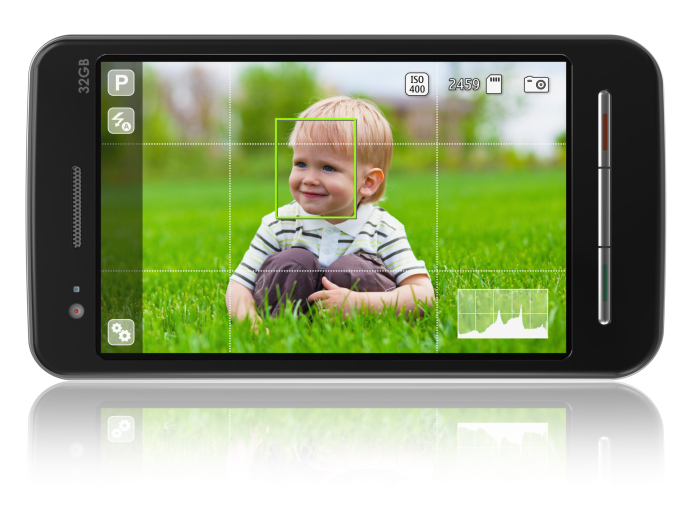There has been a surge of innovation in camera technology, particularly in smartphones. The amount of tech built into these tiny devices is staggering. Take the iPad camera, for example, which records video in 1080p HD or the Galaxy SIII which can take approximately 20 photos in 10 seconds. These developments have armed one billion people with the ability to take photos and share them in an instant. It has sparked a massive craze that has seen a company with zero revenue sell for one billion dollars and every new site look more and more like Pinterest. There has been so much advancement, that it is easy to sit back in awe. But what if these cameras became more sophisticated? What if their resolution tripled?
We’d have some really pretty pictures.
But we’d also have a lot else. There are a host of new technologies from augmented reality to eyetracking that can do incredible things with precise cameras. Yet, the camera specifications limit their scope to very controlled environments and even with expensive equipment, variables like lighting and range play a major factor. Given these circumstances, their application cannot hit critical mass for the time being. But imagine if all of these capabilities could be enabled through a consumer camera on your PC or phone? Imagine all your photos being autotagged based on the surroundings. Imagine being able to see how a product actually fits on you virtually from your webcam. Imagine unlocking your car when you pass by a camera on the side mirror. We are on the precipice of all of this, but we just need a little more advancement. Easier said than done.

